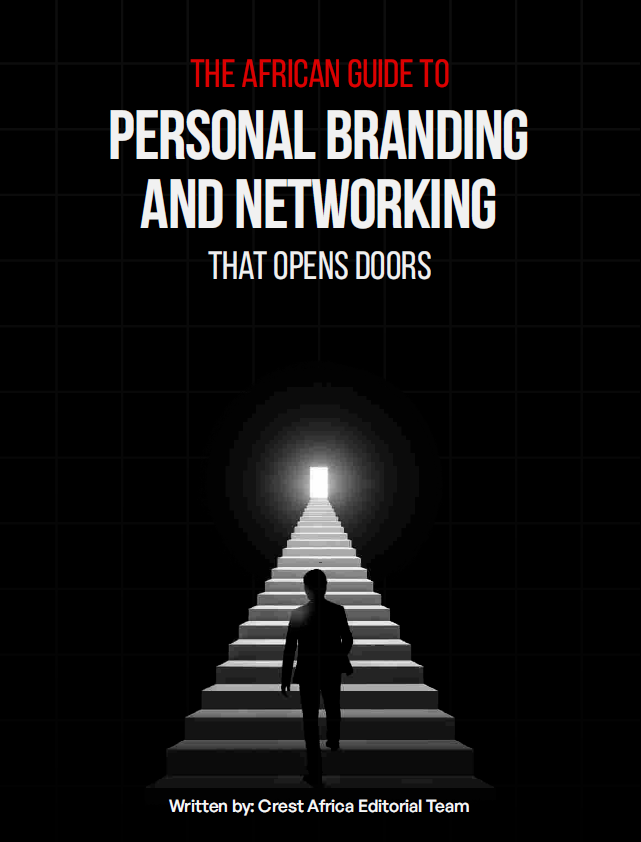Africa’s mining sector is undergoing a major transformation as nearly $26 billion in infrastructure investment, pumped in by African nations and global partners, is rapidly unlocking the continent’s mineral-rich corridors.
Strategic investments in ports, railways, and highways are streamlining logistics and driving unprecedented growth in mining operations.
At the heart of this momentum is the Winning Consortium Simandou’s landmark deal in February 2025.
The consortium awarded a $248 million contract to U.S. engineering firm Wabtec to supply locomotives for the Trans-Guinean Railway.
The railway will transport minerals from Guinea’s Simandou Iron Ore Project, home to the world’s second-largest untapped iron ore deposit.
With an estimated 1.8 billion tons of iron ore ready for extraction, the project is expected to significantly boost Guinea’s export earnings.
In Angola, momentum is building with the planned construction of a 260-kilometre extension of the Benguela Railway in 2025, an integral part of the $10 billion Lobito Corridor initiative.
In September 2024, the International Finance Corporation signed concession agreements with Zambia and Angola to finance, construct, own, and operate an 800-kilometre railway segment connecting the two countries.
Once operational, the corridor will streamline mineral exports, primarily copper, from Zambia and the Democratic Republic of Congo (DRC) to global markets through the Port of Lobito.
Another game-changing development is the $15.6 billion Lagos-Abidjan Highway, set for construction in 2026.
Spanning 1,028 kilometres across Nigeria, Benin, Togo, Ghana, and the Ivory Coast, the highway is backed by the African Development Bank (AfDB), the European Union, and the ECOWAS Commission.
It’s projected to create 70,000 jobs and deepen economic integration across West Africa.
“It’s only through regional corridors that we can move goods and services easily across the continent, lower transport costs, promote integration and achieve impactful economic development,” said AfDB President Akinwumi Adesina.
East Africa is also seeing renewed investment.
In September 2024, Tanzania, Zambia, and China reached an agreement to modernize and expand the Tanzania-Zambia Railway (TAZARA).
The railway upgrade will enhance transport of copper from Zambia and uranium and rare earths from Tanzania to international markets via the Port of Dar es Salaam.
With Zambia aiming to triple its copper production to 3 million tons annually by 2031, the revitalized TAZARA line is expected to play a pivotal role in positioning the Zambian Copperbelt as a global supply hub.
The African Mining Week (AMW) event has announced its plans to spotlight these transformative infrastructure projects.
“As infrastructure investments accelerate across regional corridors, the event provides a vital platform to explore emerging opportunities in rail, port and road development. With major projects reshaping Africa’s mining supply chains; AMW offers key insights into the future of mineral transportation and trade,” the organizers said.
From Guinea to Zambia, infrastructure is no longer a bottleneck, it’s becoming a catalyst.
And with strategic corridors unlocking the continent’s vast mineral wealth, Africa is positioning itself as a formidable player in the global mining economy.



